Let’s hope 2024 brings nice weather so we can all get out and chase a few fish. snapper
With the weather warming up, a lot of people will turn their attention to chasing mackerel in the bay, but there’s another species to chase in summer – snapper.
Most anglers only target southern bay snapper in the cooler months of the year.
While there may not be as many around in summer, I find the quality is slightly better and you don’t have to go through a lot of undersized fish to catch the better legal sized models.
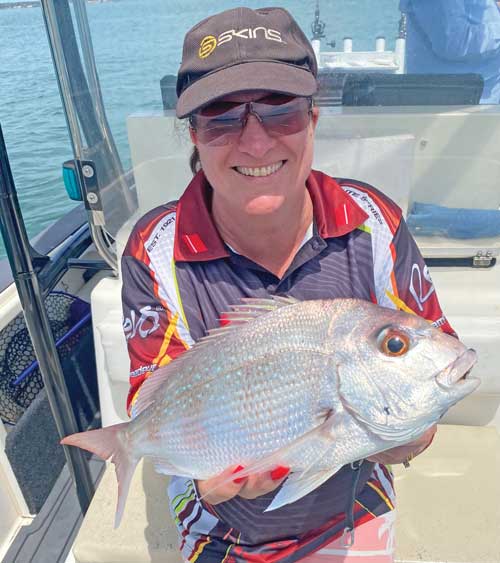
Also, I target these fish in a different way – I stop looking for snapper congregating around structure and start looking for them on flat rubble ground.
These fish tend to act like cows in a field, meaning you have to search harder for them, however when you do find them, the quality will be much better.
Finding the right type of area can be tricky but as a rule, look for spots where there is high current flow or where the tide flows relatively hard.
Often, these areas may be right in the middle of the channel.
Other places to look at are where you might find wind and tide opposing each other.

In that particular area, the water takes on a rougher appearance to the water around it.
Don’t fish these locations when wind and tide are against each other.
Perhaps take a GPS mark of the area and come back later to fish it when wind and tide are in the same direction.
You’ll find it very hard to anchor as it’s not mud or sand but solid rubble – a lot of anchors will drag across the surface and not dig in – this is what I call ‘rubble ground’.
There’s lots of it in the bay and it’s dead flat.
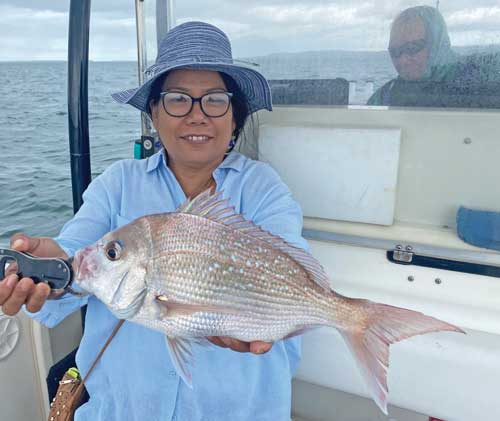
There may be some features, however the bulk is completely stark, and most simply drive straight over the top of it.
Many people ask what do I look for there?
And do I need to find bait schools?
If you find bait schools on that ground great but actually the ground is the bait.
It’s a mixture of mussels, razor shells, soft corals, crabs and little squid.
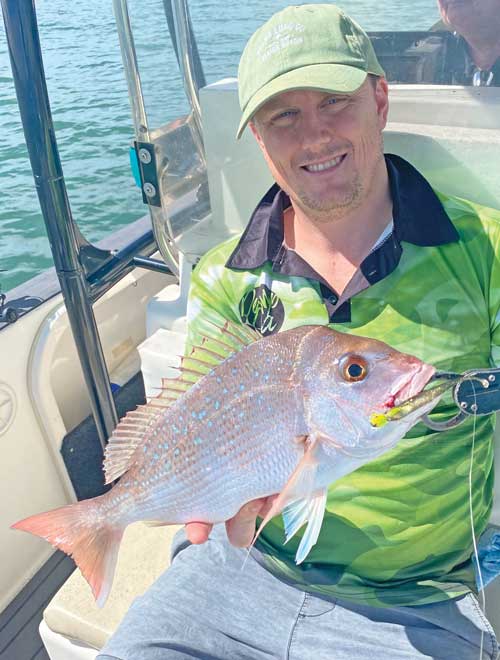
For fish such as snapper that don’t chase baitfish, their teeth are designed to crush and eat this type of bottom, therefore the ground is bait.
Now, we have to remember that rubble grounds can be rather large.
They can be over 1km long and 0.5km wide, and some can be as small as a few hundred metres long and 50m wide.
When fishing large areas, the correct technique is needed to cover them quickly and productively.
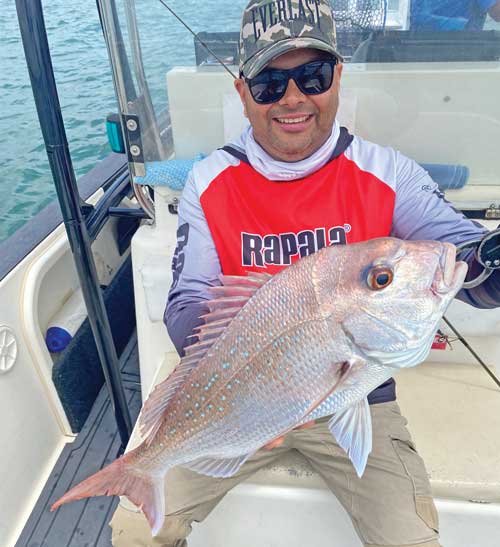
The best ways are either drifting with soft plastics or trolling with hard-body lures.
Now that we’ve found the ground and chosen the appropriate technique, the next thing we need is the right equipment.
One of the tricks is not to fish too heavy – a 3-6kg rod is all you’ll need.
Use a 3000 spin reel spooled with 15lb braid and a 20lb fluorocarbon leader.
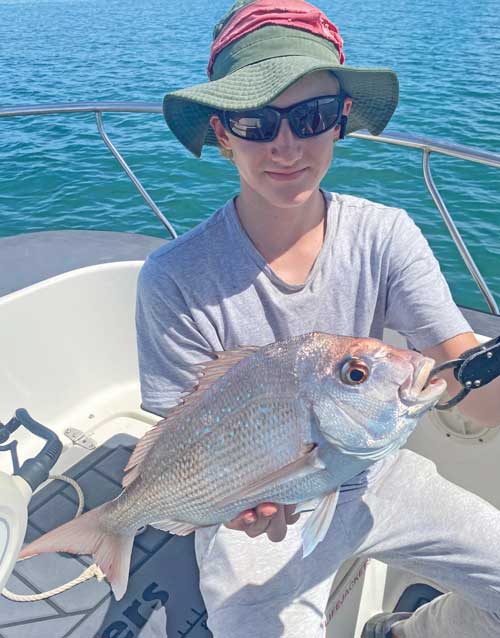
For lure size, 90mm in either a soft plastic or a hard-body seem to be what these fish prefer to chase.
If using soft plastics, you’ll need a variety of jig head sizes from 1/4 and 3/8oz, depending on the depth and current you’re fishing in, and pair them with a 3/0 hook.
There are a few more tricks to making this technique work, but they’re a little hard to explain in an article unfortunately.
These things are easier to understand when shown and put into practice on the water.

If you want to learn more about this technique, give me a call, I give courses out on the water that show you how to find this type of ground, what it looks like on a sounder and how the techniques work to give you the best chance of catching snapper.
Other than that, with the information provided here, hopefully you’ll be able to try it yourself and get a few more fish in the bag at the end of the day.
Let’s hope for good weather in 2024, that we can all enjoy the season and that the kids will be able to do a bit of fishing during the school holidays.
If you want to learn more about fishing rubble ground or just go out on the water with friends, feel free to get in touch.
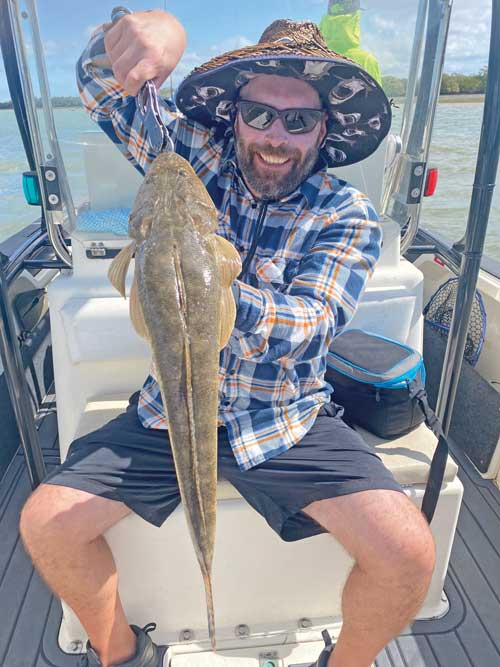
Even if you have a vessel, you may want to brush up on a few things without the hassle of getting the boat ready and cleaning it after, my contact information is below.
Enjoy the new year, be happy and have fun.
As we all know, with our jobs and lives we are time poor, so if you can learn more to optimise your time on the water, why not – remember knowledge is key.
Until next month, stay safe on the water and, if you’re interested in our fishing tuition or want to do a fishing charter, give me a call on 0432 386 307, send an email to seanconlonsfishing@hotmail.com or check out the Facebook page Seano’s Inshore Fishing Charters and Tuition.
 Bush 'n Beach Fishing Magazine Location reports & tips for fishing, boating, camping, kayaking, 4WDing in Queensland and Northern NSW
Bush 'n Beach Fishing Magazine Location reports & tips for fishing, boating, camping, kayaking, 4WDing in Queensland and Northern NSW








